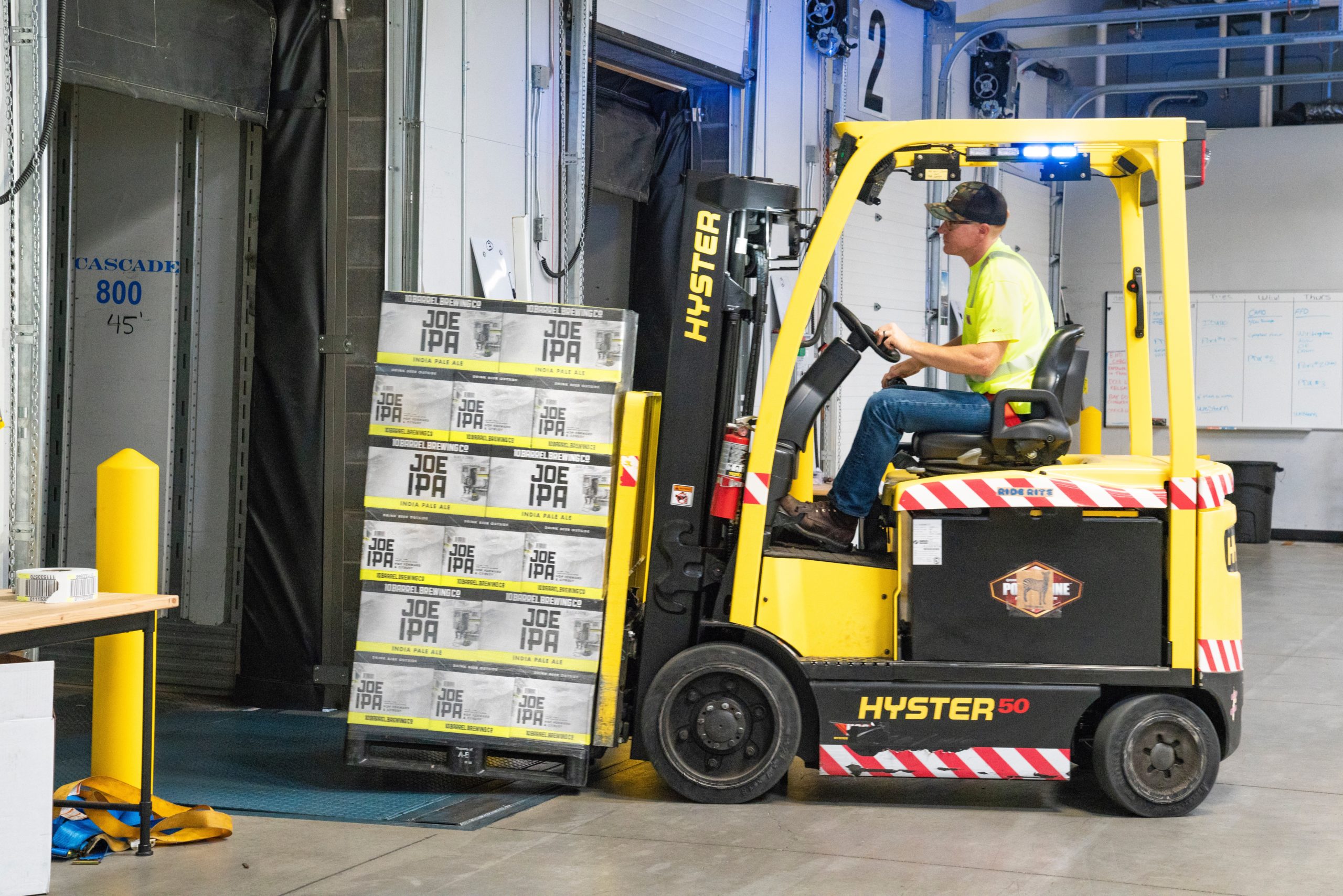Whether you’re sending freight to Spain or a more local or distant destination, if you’re dealing with large quantities of goods, palletising always makes sense. Unfortunately, it only takes a minor packing error for your beautifully prepared shipment to arrive at its destination in a less than ideal condition, regardless of how carefully your freighter handles your pallets. Understanding the basics of palletising can make all the difference.
How to Prepare Palletised Goods for Shipping to Spain
Preparing a pallet for overseas shipment isn’t one of those esoteric practices, like folding a fitted sheet. You simply need to understand a few basic principles.
1. Protect your goods
Before preparing your pallet, you first need to pack your goods. Select a container that is stackable. Don’t overpack the boxes. And use enough packing material to ensure that your products are protected against vibration in transit and tilting when being moved via forklift.
2. Select the right kind of pallet
There are three different types of pallet commonly used in freighting:
- Wooden pallets are the strongest available and most commonly used. They’re reusable and cost effective. If you’re going to use wooden pallets you need to ensure that they are braced at the bottom for extra security. And if you’re shipping outside of the UK, you need to make sure that the pallets are treated to comply with international standards.
- Plastic pallets are more expensive than wooden pallets, but they are lighter and easier to manoeuvre. They’re also durable, reusable and can handle heavy weights. The anti-slip surface can also be beneficial.
- Carboard pallets are the lowest cost and lightest available. But they are only single use and you can’t use them for heavy goods or in damp or humid environments. On the other hand, they are recyclable.
3. Stack your pallets carefully
The two safest ways to stack your pallets are in a column, working edge to edge. Or in interlocking tiers, rather like you’d lay a brick wall for maximum stability.
It’s a good idea to avoid stacking your pallets unevenly. Whether in a pyramid form or with odd numbers on the top. This can reduce the integrity of the stack and make your goods more prone to slipping.
For safety, avoid placing your boxes so they overhang the edge of the pallet. This can reduce the strength of your boxes and increase the likelihood of your goods being damaged.
4. Protect your pallets
Once you’ve stacked your pallets, you must secure them with stretch wrapping or banding to prevent movement during loading or transit. However, if you are shipping heavy or fragile goods, you can also enhance the strength of your pallets with the use of edge protectors, paper boards or bracing.
So, when you’re ready to send your next shipment of goods to Spain, you now know what you should do!
If you’re looking for a new freight forwarder to handle your shipments to Spain or the rest of Europe, contact Plexus Freight for a quote today.


